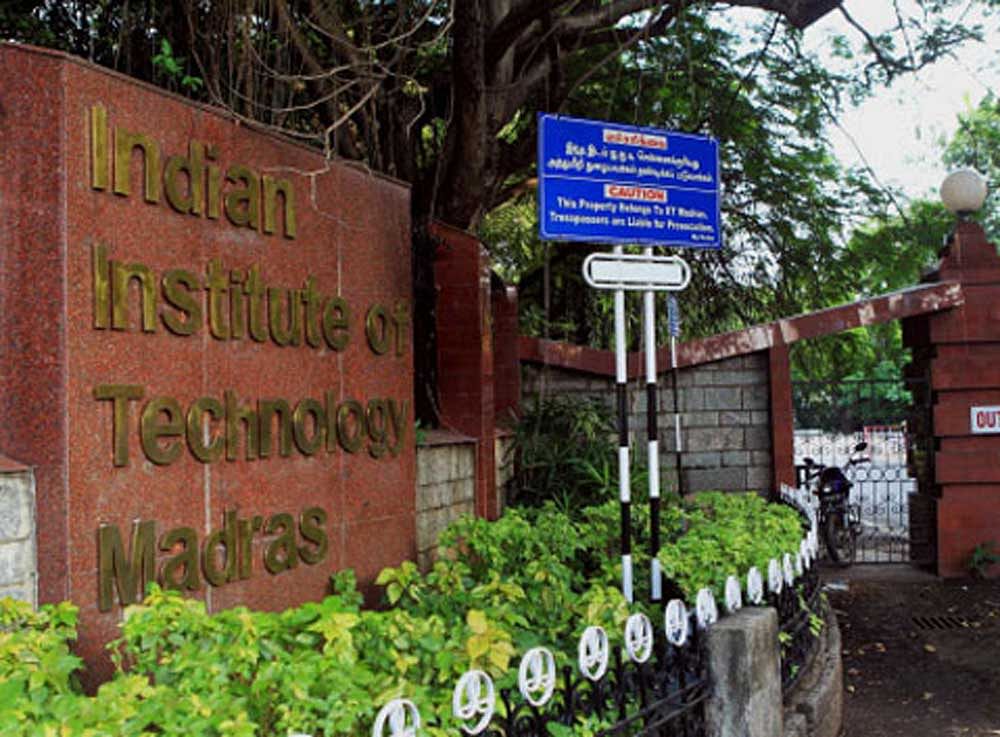
When researchers from the prestigious Indian Institute of Technology-Madras (IIT-M) were asked to design and oversee construction of a check dam across the Palar River near Kalpakkam, they had two challenges – finishing the project during the dry period of the water body and make it extremely cost effective.
The researchers then came out with an innovative method of constructing the check dam near the Madras Atomic Power Station (MAPS) in Kalpakkam, 70 kms from here, using the diaphragm wall as a deep foundation and thereby arresting seawater intrusion.
As the monsoon officially exited the state earlier this month, the perennially dry river is now brimming with water on the upstream side of the check dam resulting in an instant increase of groundwater level and drastic reduction of salinity in water available at Kalpakkam in Kanchipuram district and nearby villages. The water is now used by farmers to cultivate crops in their land – earlier they had been depending on groundwater for cultivation.
Prof R. Sundaravadivelu, Institute Chair Professor, Department of Ocean Engineering, IIT-M told DH that the new design was conceptualised with an aim to arrest seawater intrusion since the area where the check dam now stands is along the coast.
“Completing it in six months itself was a big challenge. Construction would have come to a halt during Monsoon, but we managed to finish it by August. The check dam is 1,200 metres long and 1.50-metre in height. We have constructed a sub-surface dyke to a depth of 8 meters below the body wall to ensure sea water intrusion which was a big problem in the area,” Sundaravadivelu said.
The innovative method managed to overcome both the challenges. Construction began in March 2019 and was completed in August the same year before onset of the monsoon and saved the MAPS nearly Rs 50 crore.
Palar which begins its journey in the Nandi Hills in Karnataka flows 93 kms in the home state, 33 kms in Andhra Pradesh and 222 kms in Tamil Nadu before entering the Bay of Bengal. Palar is also an important source of drinking water for Chennai and Kanchipuram districts.
Prof. Sundaravadivelu said the design also included creation of a subsurface reservoir in the upstream of the check dam and ways to prevent scour and notch of the soil particles at the river bed. “Now the river is brimming with water. We used a deep dyke like structure with 1.2 km length across the river with gentle concrete slopes which is now helping in arresting seawater intrusion,” he added.